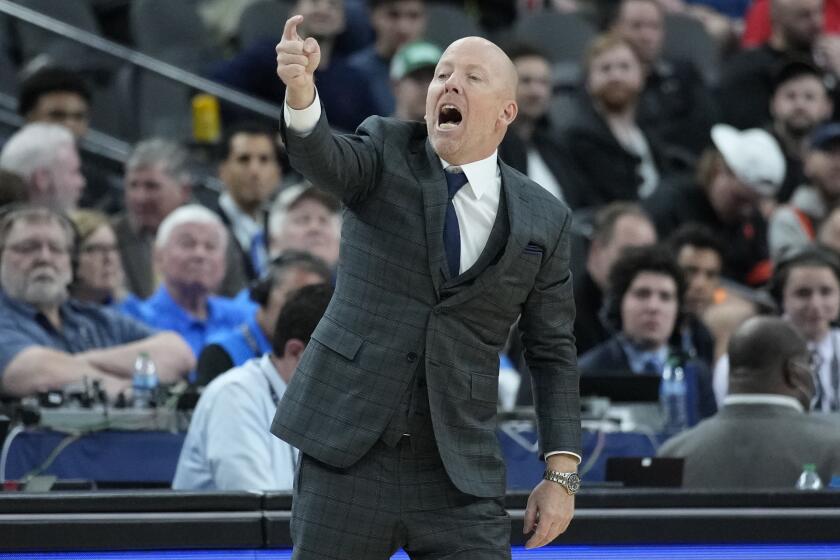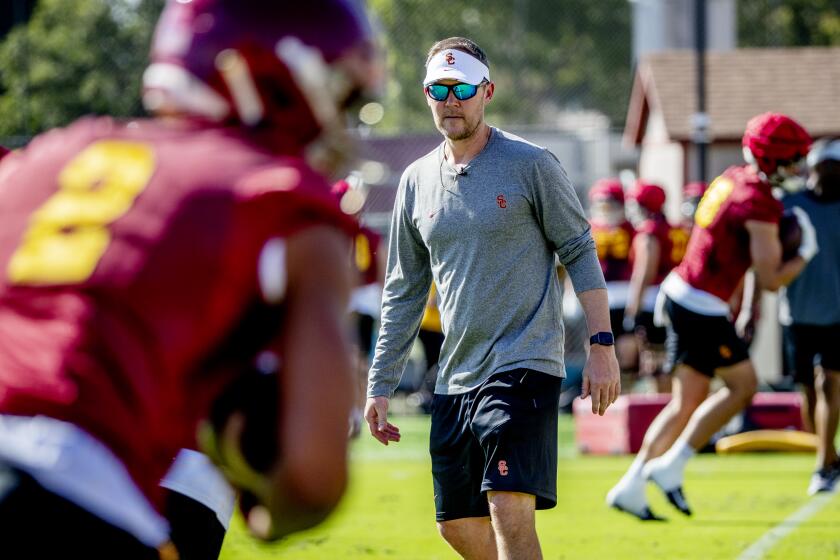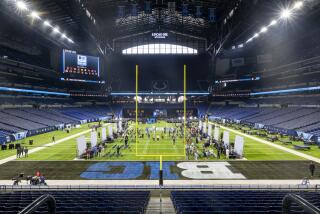Commentary: In college sports’ new world of NIL pay, Pac-12 leaders sound old-fashioned
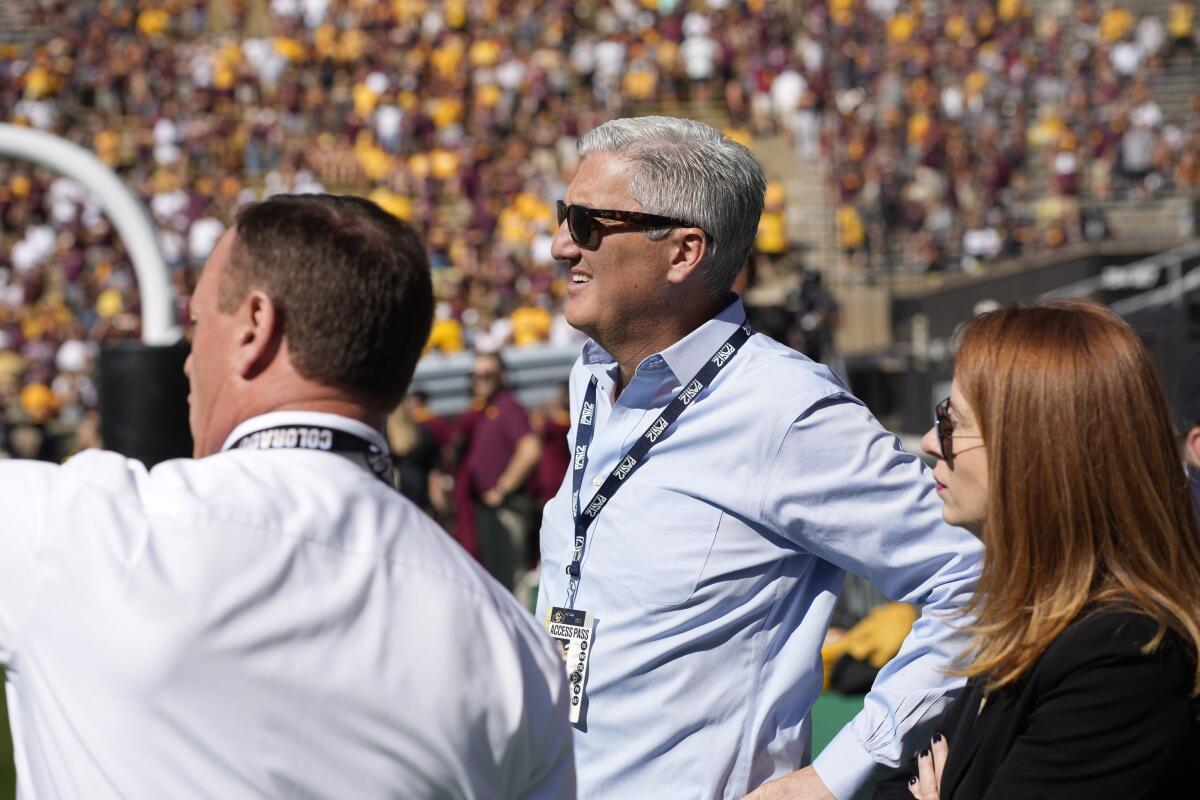
In late April, USC was accused by Pittsburgh coach Pat Narduzzi of tampering with star wide receiver Jordan Addison, using name, image and likeness deals in an attempt to lure the player to Los Angeles before he had even entered his name in the transfer portal.
Last week, Arizona State reportedly landed Florida transfer quarterback Emory Jones after a collective of boosters offered a NIL deal worth up to $75,000 and the use of a car.
That above-board transaction, which would have sent the NCAA keystone cops on the first flight to Tempe just a few years ago, felt like small potatoes compared to some of the lucrative deals linked to Southeastern Conference programs such as Tennessee, which has drawn intense speculation that a collective promised $8 million to secure the commitment of five-star quarterback Nico Iamaleava of Long Beach Poly High.
To say college sports have entered a brave new world is putting it lightly. Fear and envy are running unchecked through the industry, so all names and numbers that get tossed into the public sphere should be taken with more than a grain of salt.
But the uncertainty around truth didn’t stop Pac-12 commissioner George Kliavkoff from delivering an unmistakable message about the current state of play with his coaches and athletic directors last week during the league’s annual spring meetings. The message? No matter what other programs are doing to entice high school and transfer portal talent to their campuses, don’t step over the line.
“The Pac-12 fully supports our student-athletes being able to monetize their name, image and likeness,” Kliavkoff told me later. “However, it’s important for college athletics that NIL should be used for legitimate marketing and promotional opportunities as intended and not misused for inducement or pay for play. Not enforcing these simple NIL rules encourages tampering and ultimately suppresses legitimate competition.”
Fatigued by the NCAA’s inertia, Kliavkoff made it clear that the Pac-12 and other conferences will be forced to create and enforce their own rules if the NCAA won’t do its job.
UCLA men’s basketball coach Mick Cronin spoke on a wide range of topics, including his plans for a roster that blends veterans and highly touted newcomers.
Kliavkoff left the Pac-12 meetings a day early to join SEC commissioner Greg Sankey in Washington, D.C., and meet with U.S. senators to engage them on the need for a federal law to govern NIL that would supersede the dozens of state laws that put the NCAA on its heels. These trips to Capitol Hill had been NCAA President Mark Emmert’s territory the last few years, but with Emmert recently having announced his resignation, Kliavkoff and Sankey stepped into college sports’ swelling leadership void — a foreshadowing of what’s to come, perhaps.
That same day, the report about Arizona State taking Jones from Florida surfaced. An SEC-to-Pac-12 transfer, with a payment amount dangling in the public eye, undoubtedly underscored the purpose of their visit.
Colorado athletic director Rick George was impressed with Kliavkoff’s directness when talking with the conference’s football coaches.
For two years, George served as a member of the NCAA’s NIL working group, looking for a way to thread the needle of allowing college athletes to profit from their fame while putting guardrails in place to protect against movement toward a “pay for play” model.
But after the NCAA lost the Alston Supreme Court decision 9 to 0 last June, his group’s efforts were essentially scrapped due to fear that approving any new rules that limit athlete compensation would invite only more antitrust scrutiny for the schools (never mind that the Alston opinion had only addressed the cap on education-related benefits).
“I wasn’t really happy,” George admitted.
Collectives — groups of boosters who pool their money into a fund to (put in the least skeptical way possible) help a school’s athletes maximize their NIL marketability — are a creation of the NCAA’s post-Alston abdication of authority. The association put an “interim” policy in place July 1 that asked schools to follow their state NIL laws or come up with their own policies. As always, the association’s guidance included the blanket advice to keep payments to players out of the recruiting environment.
“Certainly, these collectives, there’s a lot of concerns about them,” George said. “We’re seeing the fruits of our lack of labor, I guess, by not implementing those [working group] guidelines.”
The NCAA, feeling the heat of several eye-popping collective deals going public around the country, stepped in Monday, announcing that its board of directors approved fresh guidelines that reaffirmed NIL should not be used to persuade prospective athletes and made it clear that collective is just a fancy word for a group of boosters. The association said it will enforce its guidelines retroactively, too, meaning that the most brazen collectives and schools should begin lawyering up if they haven’t already.
USC and UCLA — which do not have donor collectives formed —shouldn’t be worried, despite the tampering allegations carelessly hurled at new Trojans coach Lincoln Riley. Addison has not committed to a school and was last seen on a visit to Texas.
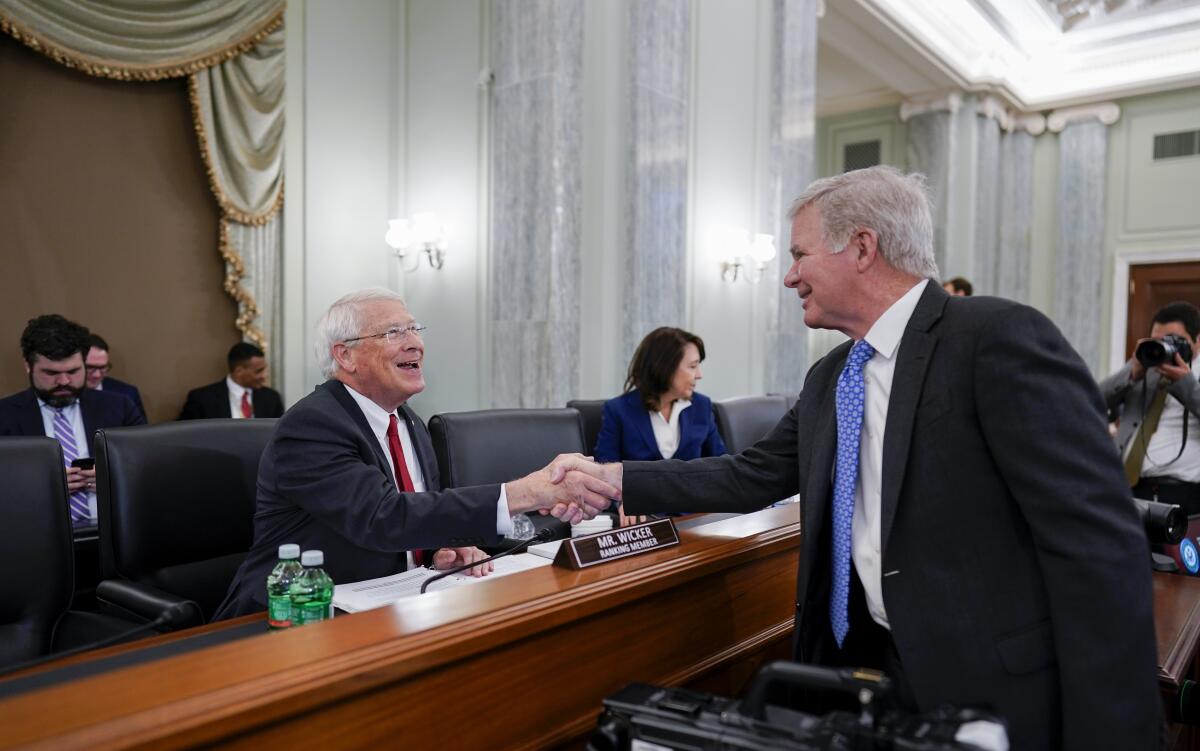
Odds are, only a few programs have reason to worry right now, and they probably know who they are.
“The main takeaway is probably that it’s a whole lot of nothing,” said Darren Heitner, a Florida-based sports lawyer who has advised numerous collectives this year. “It should have been clear to everyone the NCAA’s intention was to prevent boosters from inducing athletes to choose their school. The bigger challenge is enforcement. Overall, it’s just words until there’s an enforcement action.”
This announcement was simultaneously a first step and a last chance. If the NCAA does not properly enforce situations where pay for play is being dressed up as NIL — money changing hands from boosters to recruits or transfers without reasonable proof of quid pro quo — conferences will see no choice but to do it themselves. That’s the threat, at least, and Kliavkoff has wielded it as a vocal NCAA critic since taking over the Pac-12 last summer.
“The 32 conferences within Division I operate in very different models,” Kliavkoff told me. “In my opinion, conferences with similar models and similar resources need the ability to self-govern. Whether this happens as part of the NCAA or not is simply nomenclature.”
Said George: “We like being in the Pac-12. I do think at some point it may come to the conferences self-governing their schools. If that’s the case, we’d be on board with that.”
NCAA cops hitting the piney roads of the Southeast like old times will only go so far. It will buy the association time — but only so much. Any violation will likely lead to a corresponding lawsuit, which would likely get wrapped up in court for years — quite the expensive stall tactic. Of course, such a situation would also serve as a timely reminder that one of the few ways the NCAA still provides value to schools is taking on all the lawsuits aimed at the failing system they signed off on.
“The current NCAA enforcement model is broken,” Kliavkoff said. “Delaying the penalty for a broken rule until five or six years after the violation significantly reduces the deterrent effect and punishes kids who were in high school or junior high school when the violation occurred.”
Kliavkoff has seen the lack of efficiency: Arizona still has not been punished by the NCAA in the 2017 men’s basketball FBI bribery case.
Using history as a teacher, look for the NCAA to take a big swing and try to make an example out of one or a few schools.
Lincoln Riley’s focus on raiding the transfer portal has irritated Pittsburgh’s Pat Narduzzi as his top receiver, Jordan Addison, considers joining USC.
But what will happen when an athlete files for injunctive relief against the NCAA for limiting his or her compensation in the NIL market? Sure, the new guidelines don’t cap earning potential from third parties with a specific numerical limit. But they do strip away the largest leverage mechanism an athlete ever has in negotiations — the decision of where he or she will play — from the process. For a large majority of college athletes, their value to a school decreases dramatically once their commitment is secured.
The easiest way to avoid antitrust problems is a federal law, which is why Kliavkoff went to D.C. last week. This seems less likely with each month that passes, although faint hope remains that after the 2022 midterm elections, the crafting of a bipartisan bill could become a priority.
If the schools do have to defend these rules in court, it will be up to them to prove that consumer demand for college sports would decrease due to athletes being paid by boosters in the recruiting process.
Note: TV ratings for college football and men’s basketball over the last year showed the opposite. Millions still chose to watch Alabama quarterback Bryce Young play even after coach Nick Saban let it slip that the young man had quickly made about a million dollars in NIL deals.
The NCAA is willing to take on the risk of further defeats in court to survive and hold off emboldened commissioners like Kliavkoff from encouraging his presidents to split apart.
As long as the NCAA will play the role of antitrust shield, the schools have incentive to continue to tolerate the bungling nature of the operation. The only logical reason to leave would be to form a new body made up of schools ready to welcome pay for play, therefore creating legitimate competition in the college sports marketplace with schools that prefer the amateurism song and dance.
That breakaway should come someday. Listening to Kliavkoff’s unabashed support for the traditional collegiate model, it doesn’t sound like the Pac-12 would be driving the getaway car. At some point in the future, USC and UCLA will have to decide where they want to stand.
More to Read
Go beyond the scoreboard
Get the latest on L.A.'s teams in the daily Sports Report newsletter.
You may occasionally receive promotional content from the Los Angeles Times.

